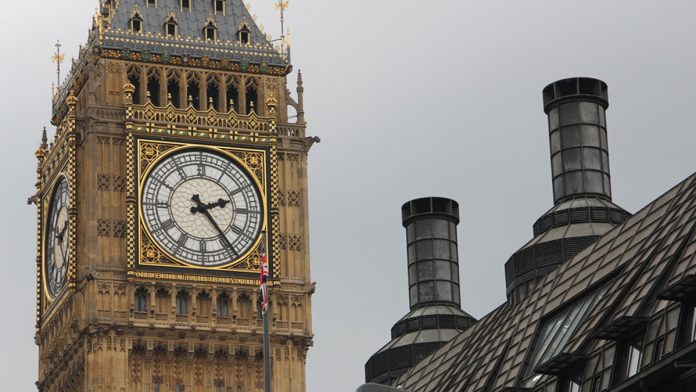PRIME LONDON SALES MARKET INSIGHT
While some political and economic uncertainties will persist in 2020, buyers may decide it could be advantageous to act sooner rather than later, as Tom Bill explains
There are early indications that the relative political certainty provided by last month’s general election result is starting to boost activity in prime London markets.
Excluding the month before a pre-announced stamp duty increase in April 2016, the number of sales of existing homes in prime central London in December 2019 was the highest monthly total since April 2014.
Indeed, in the ten working days following the election, Knight Frank carried out more exchanges in PCL than during any ten-day period since December 2016.
Overall, the number of sales in prime London markets was 14% higher last year than in 2018 and the highest annual total since 2014.
The reasons for this uptick include the relatively benign global economic backdrop, ultra-low mortgage rates, the currency discount and the fact prime residential markets have re-priced in response to political uncertainty and tax changes.
The average discount in the socalled golden postcodes of Belgravia, Knightsbridge and Mayfair in 2019 compared to the five-year average was £150 per square foot for existing homes. However, the impact of some of these demand drivers will be more short-lived than others, potentially creating an incentive for buyers and sellers to act in the short-term.
A stable government means political uncertainty may lift to some extent in 2020, which could see interest rates begin to normalise and the currency discount start to erode. Furthermore, a global economic recession is due, although there are questions over its severity and whether the US will act to avoid it taking place before the Presidential elections in November this year.
Meanwhile, the government has indicated it will alter stamp duty rules for non-resident buyers, which may encourage some overseas buyers to act. The extent of the pent-up demand that has built over 2019 could also inject more urgency into the market. In the final quarter of last year, there were 10 new buyers for every new property listed in prime central and outer London, the highest ratio in more than 15 years.



PRIME LONDON LETTINGS MARKET INSIGHT
Downwards pressure on supply is likely to produce stronger rental value growth in prime London markets, as Tom Bill explains
The trends that influenced the prime London lettings market in the final months of 2019 are set to intensify during 2020. Most notably, it is likely that supply levels will continue to remain low in response to higher levels of activity in the sales market.
There were 14% fewer new lettings listings in prime outer London in 2019 compared to the previous year, while the decline in prime central London was 8%.
Following the general election result, a growing number of owners are likely to capitalise on an anticipated ‘bounce’ in the market and attempt to sell. Should sales market activity pick up and house price inflation return, tenant demand is likely to rise in response due to increased affordability pressures. These same pressures are part of the reason the number of new prospective tenants in London in 2019 was 25% higher than in 2018.
The result will be even more upwards pressure on rents. Average rental values in prime central London rose 0.7% in 2019, and Knight Frank forecasts an average 2% rise every year until the next scheduled election in 2024, producing cumulative rental value growth of 10%. In prime outer London, the forecast is for 11% growth over the same period.
The new government has indicated it will increase stamp duty for overseas buyers, underlining how housing remains a sensitive political issue as it looks to redress perceived socio-economic imbalances across the UK. This political approach makes any reversal of recent tax changes for buy-to-let investors unlikely, maintaining further downwards pressure on supply and upwards pressure on rental values.
Another trend that may accelerate in 2020 is higher activity between £1,000 and £5,000 per week. Demand in this price bracket has historically come from senior executives in sectors including financial services, which will be underpinned as Brexit uncertainty lifts. The number of tenancies agreed in PCL in this price bracket increased 2% in 2019 after a 7% decline in 2018, LonRes data shows.














